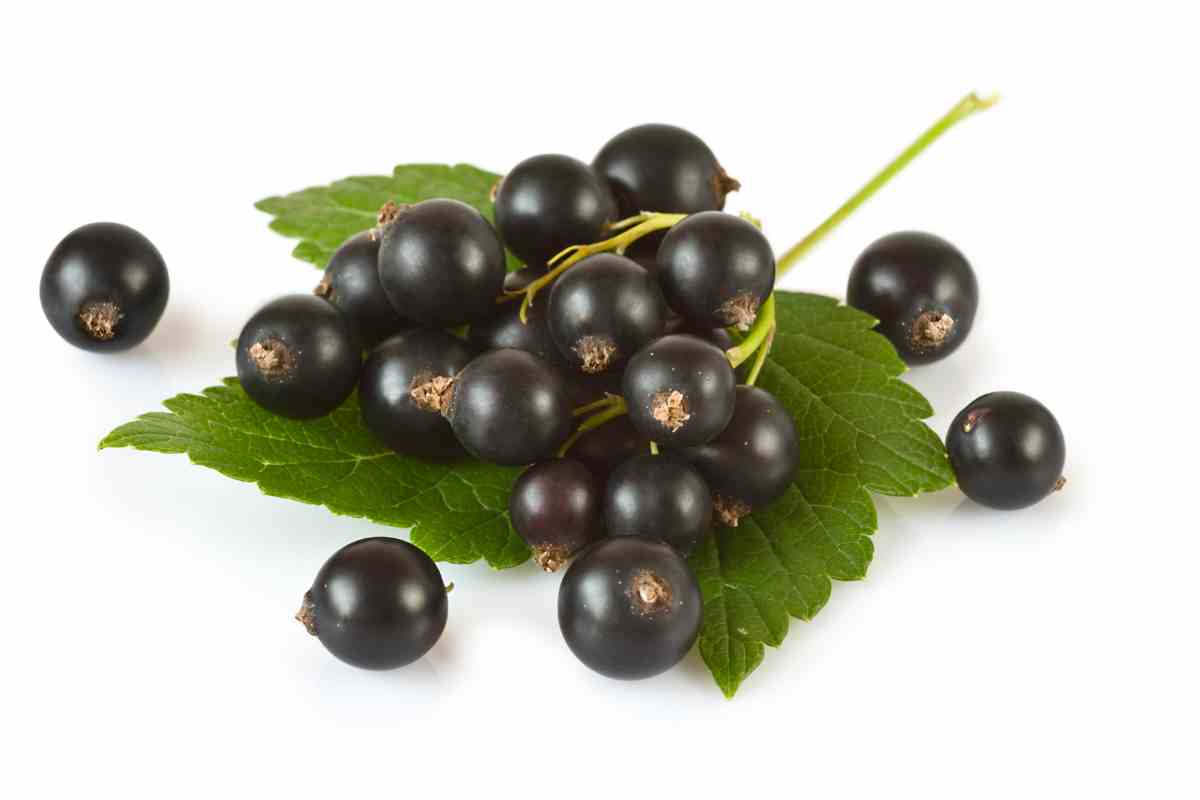Blackcurrant

Blackcurrant
The blackcurrant is the fruit of a small shrub belonging to the Grossulariaceae family. This small, 5-6 feet tall, deciduous shrub grows best in warmer regions where the temperature is hot during the day but cold during the night. The berries grow in small bunches and generally grow to a size of about 1 cm in diameter, the fruits are dark purple in colour to the point of almost being black. It is this beautifully deep and vibrant colour that is responsible for the rich antioxidant properties that the fruits contain.
Black currants contain high amounts of anthocyanins, antioxidants from the flavonoid group, which can help protect against a variety of cancers and degenerative conditions, including arthritis, cancer, early ageing and neurological diseases. Black currants are a great tasty source of Vitamin C and vitamin A but they are also a good source of minerals too. 100g of berries provides 9.5 % of your daily requirement of copper, whilst 19.5% of your daily needs of iron will be taken care of if you eat the same 100g.
Eat them whole and as nature intended or give a smoothie a nutrient boost and a lovely blue colour with these beauties. You can also juice blueberries but you would need quite an amount to get a good juice yield and then the astringent taste, due to the anthocyanins, would be over powering for most. I like to sprinkle these in a salad and eat them at any meal time, including dinner!
ORAC value 7950
Nutritional Data
[table id=72 /]
Vitamins
[table id=73 /]
Minerals
[table id=74 /]
Electrolytes
[table id=75 /]
Phytonutrients
[table id=76 /]


